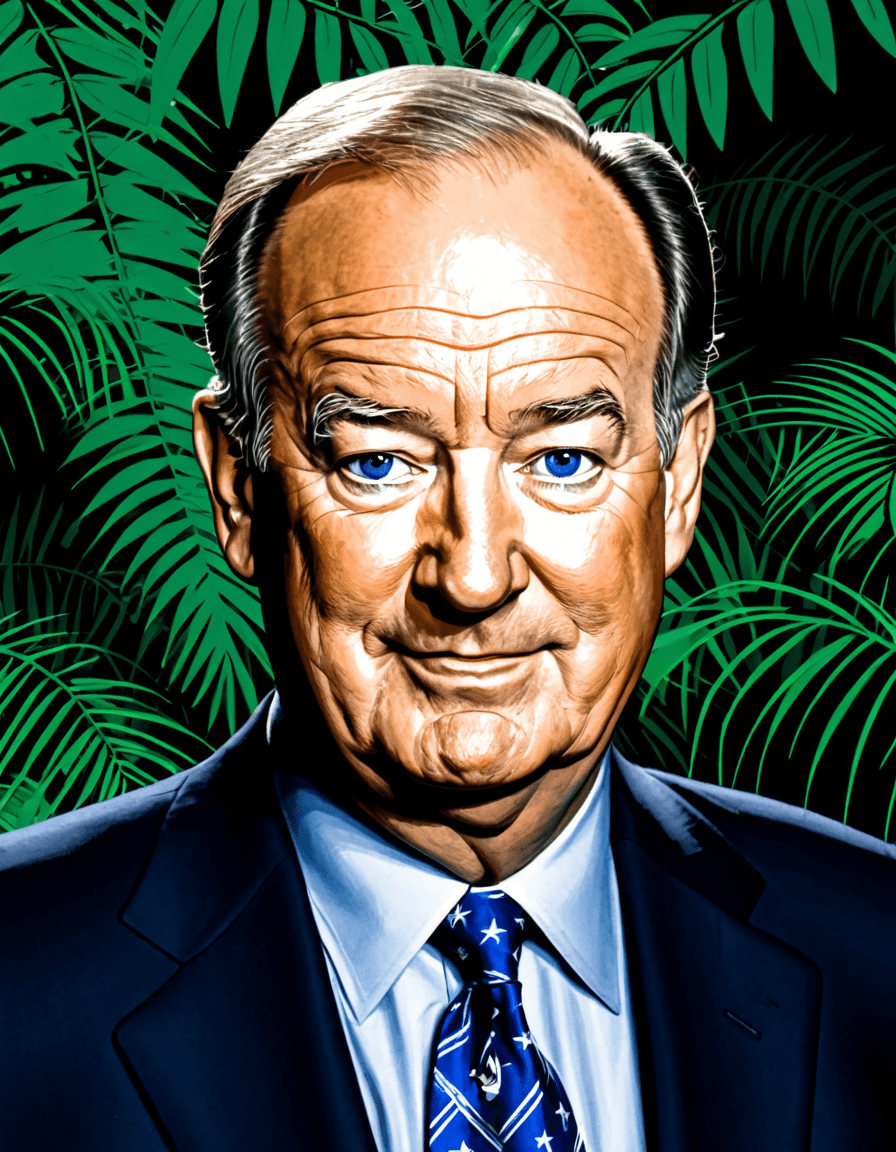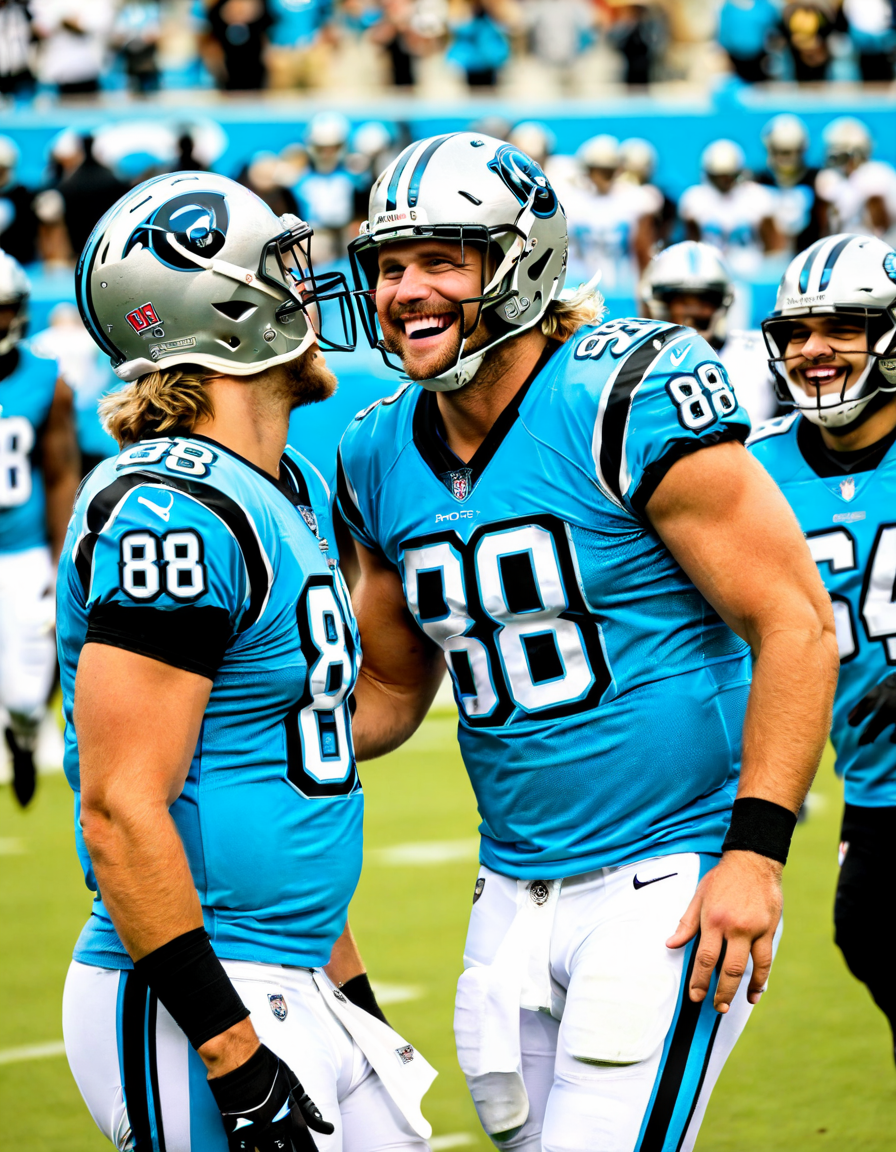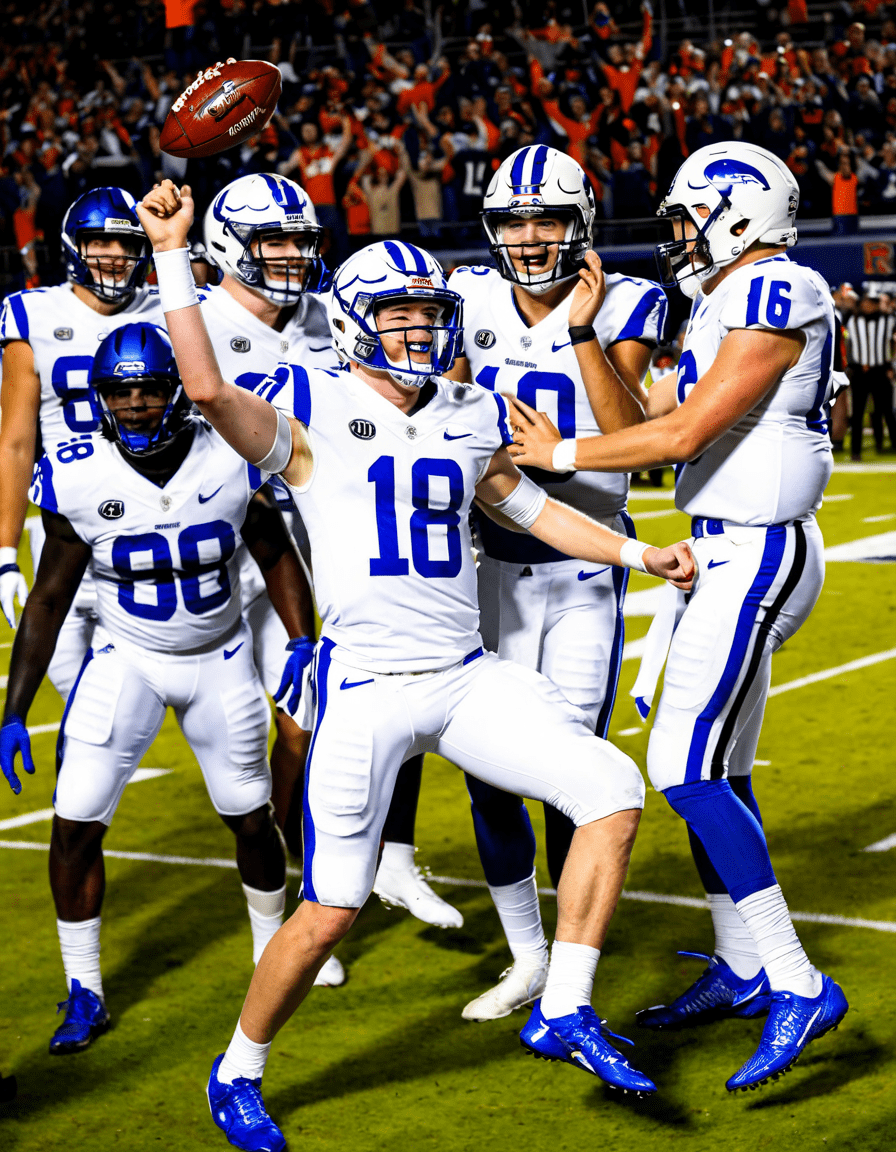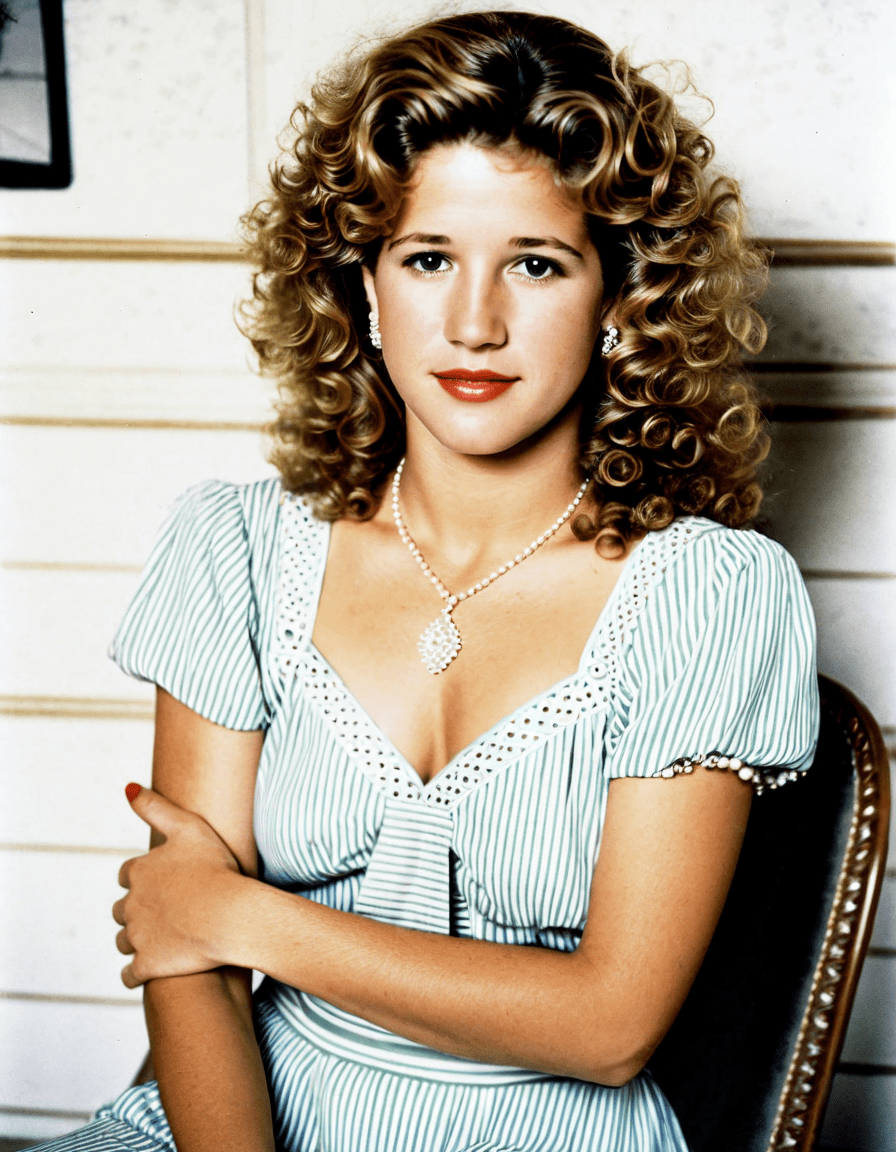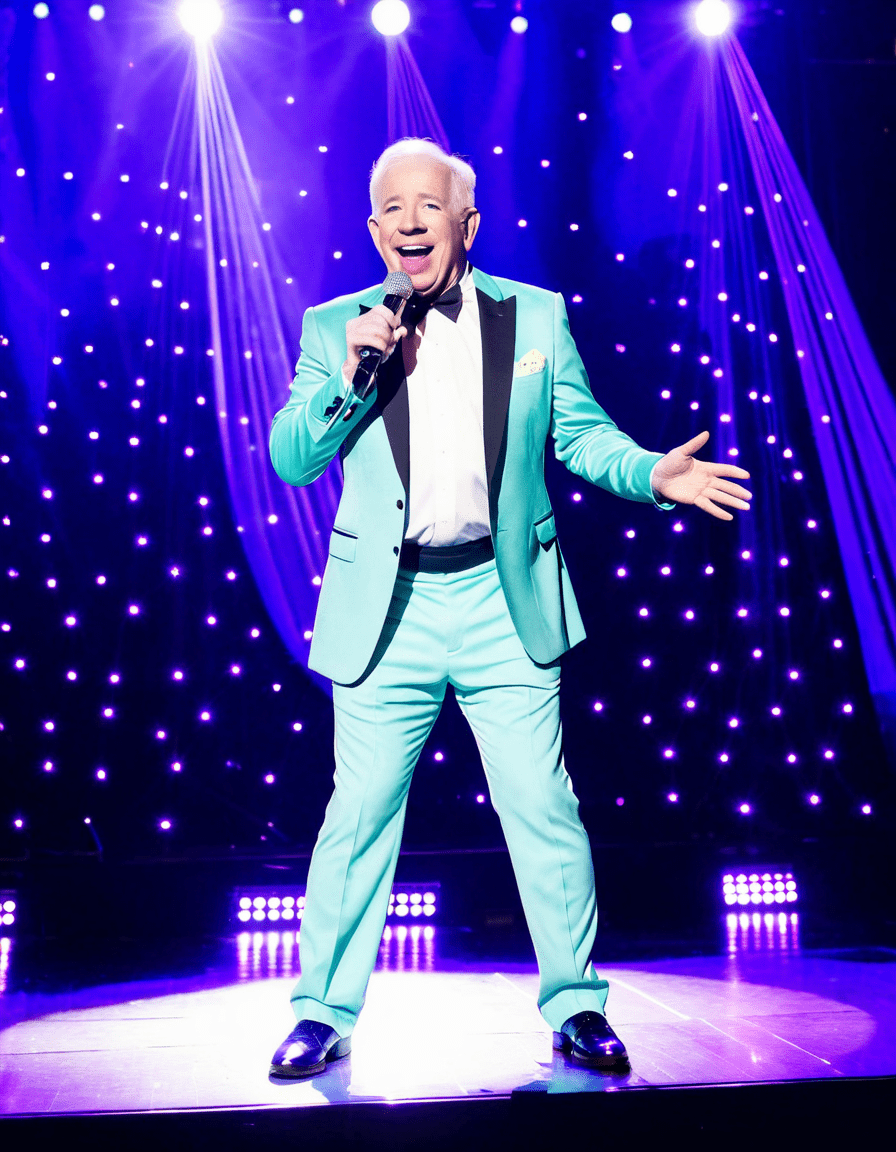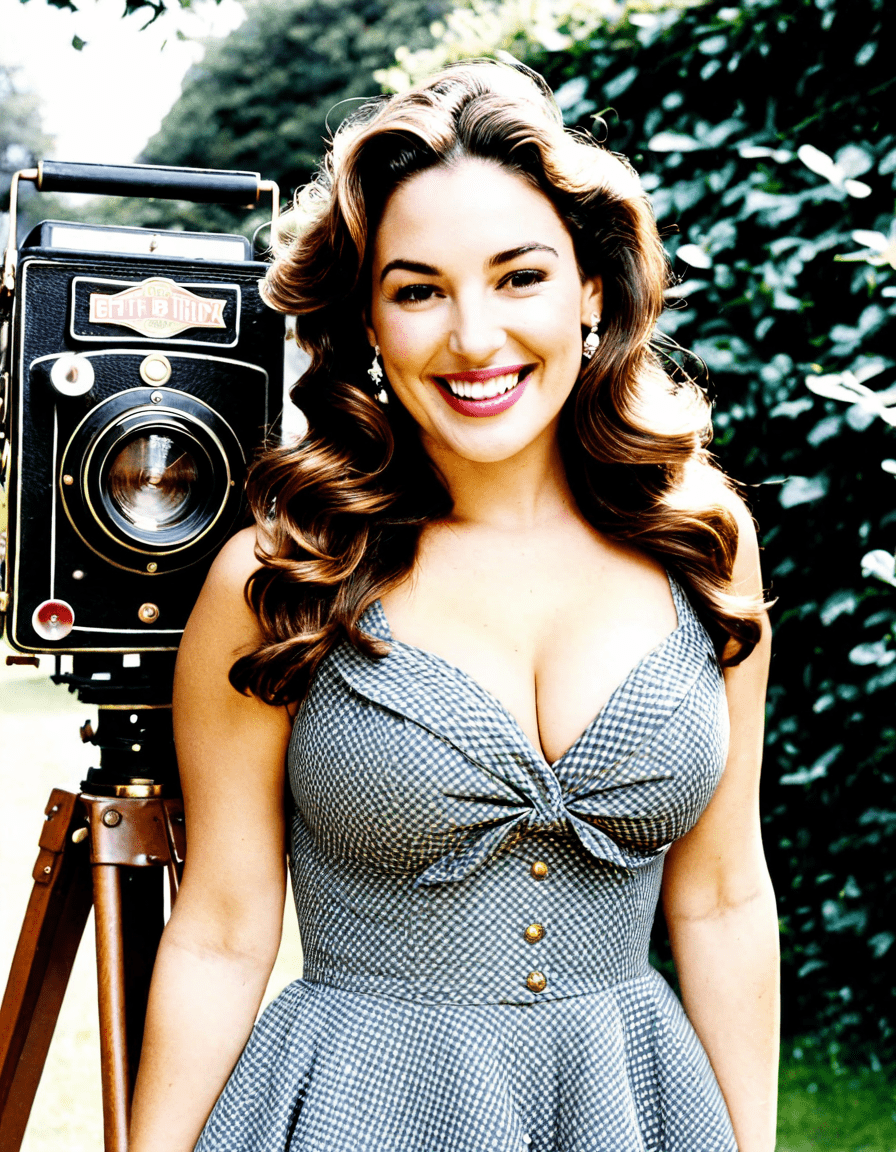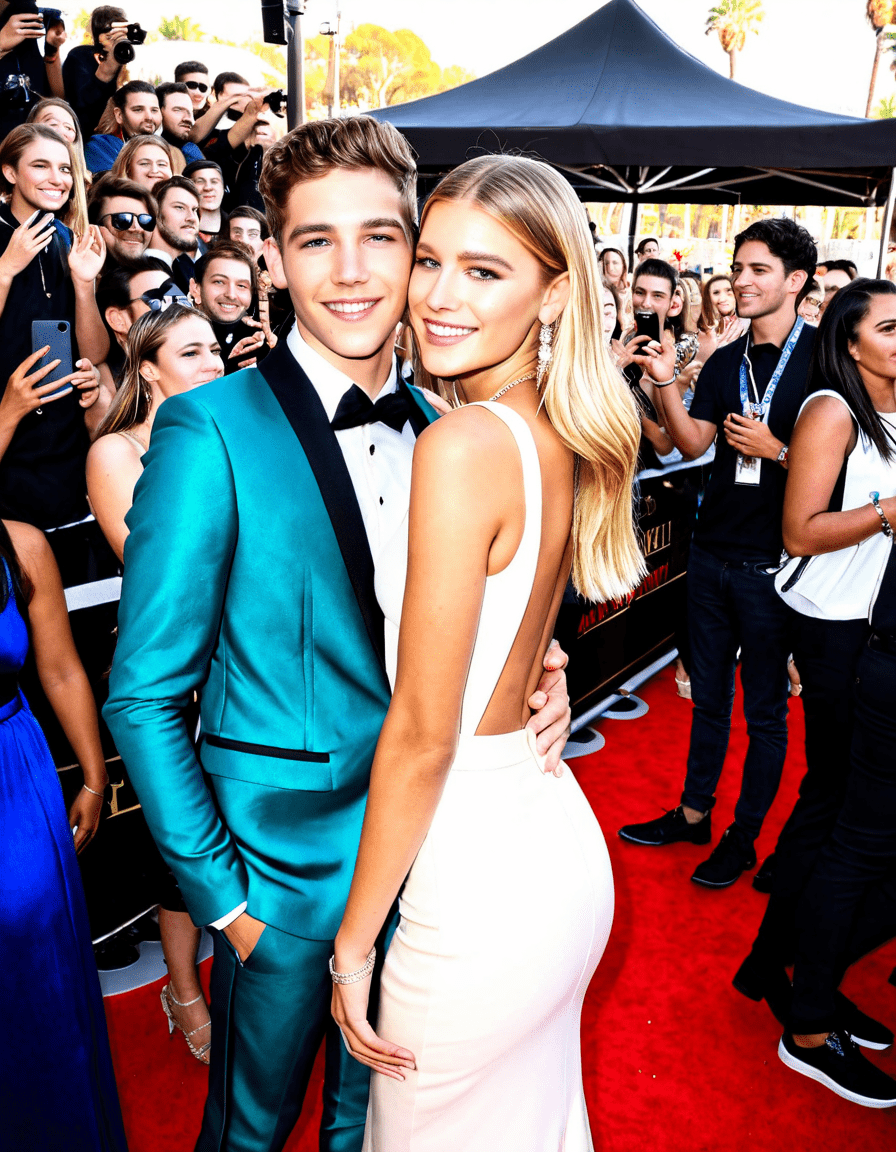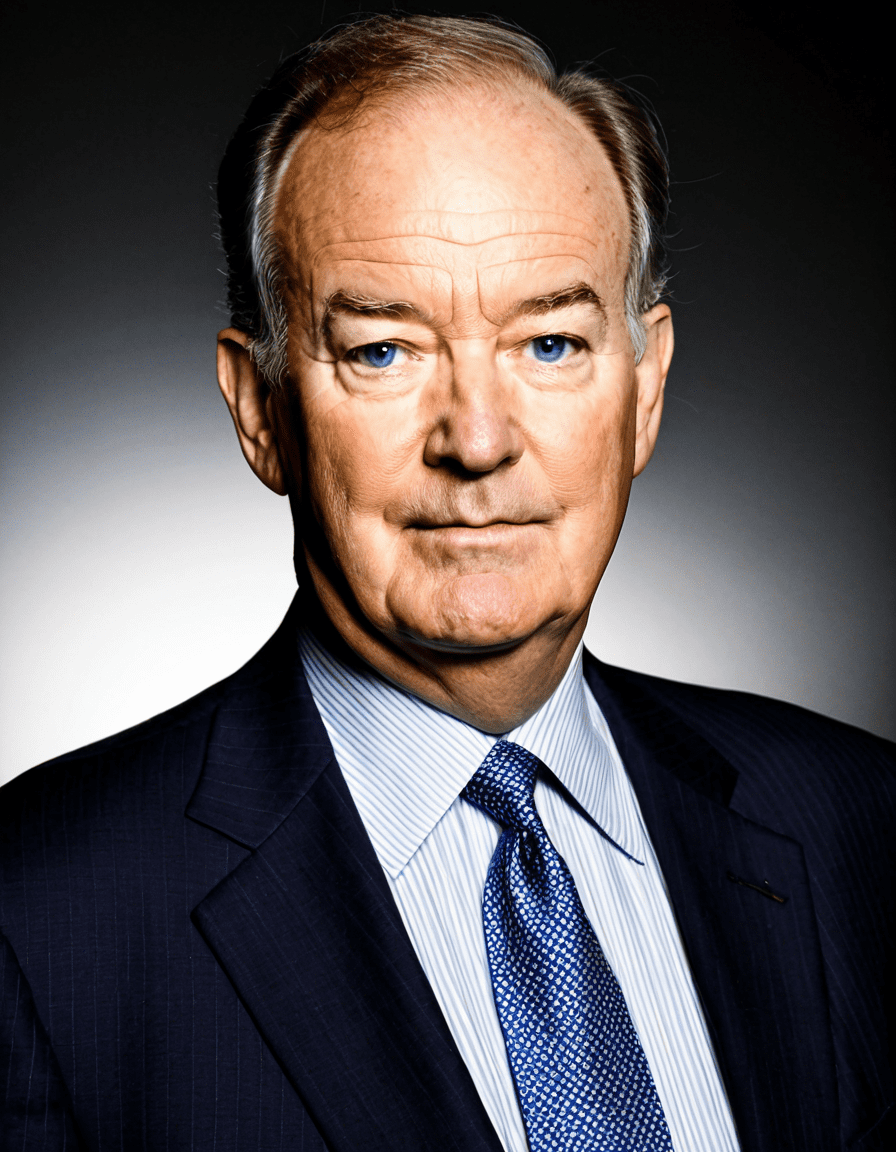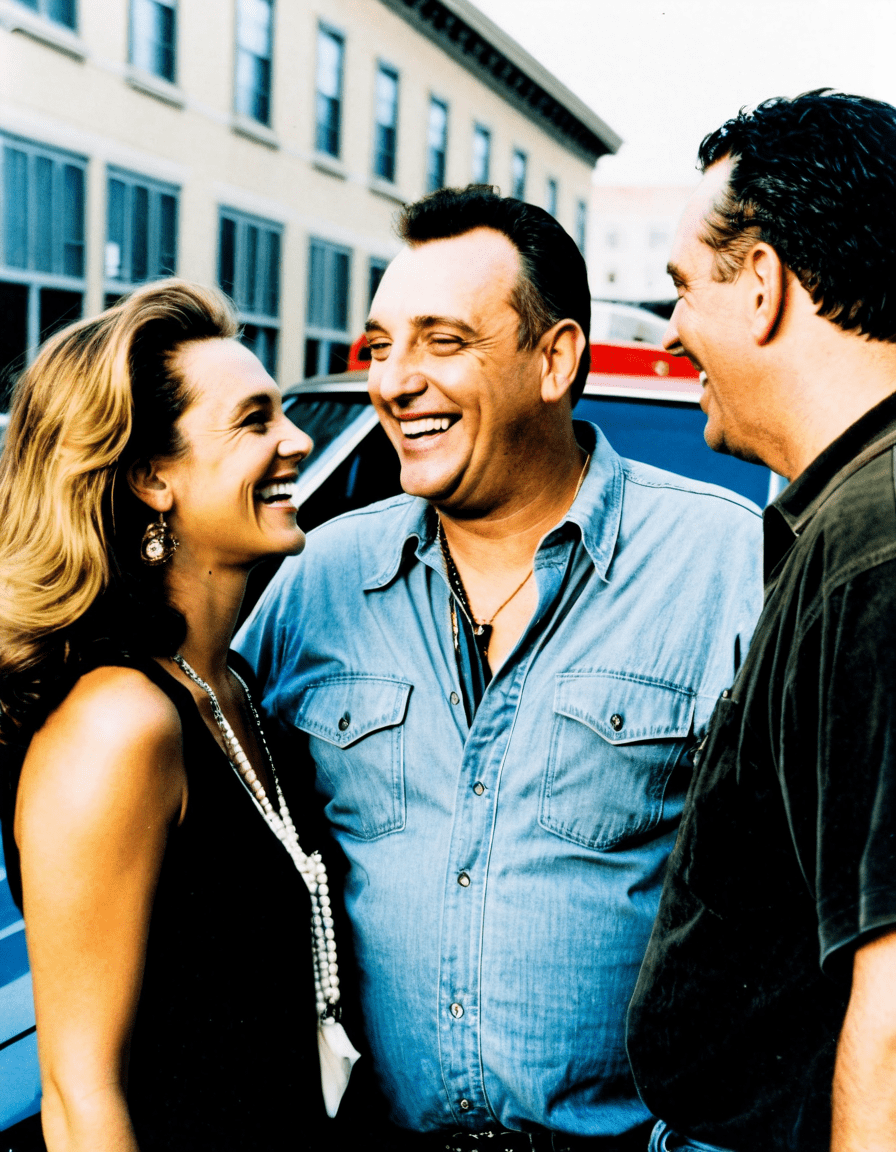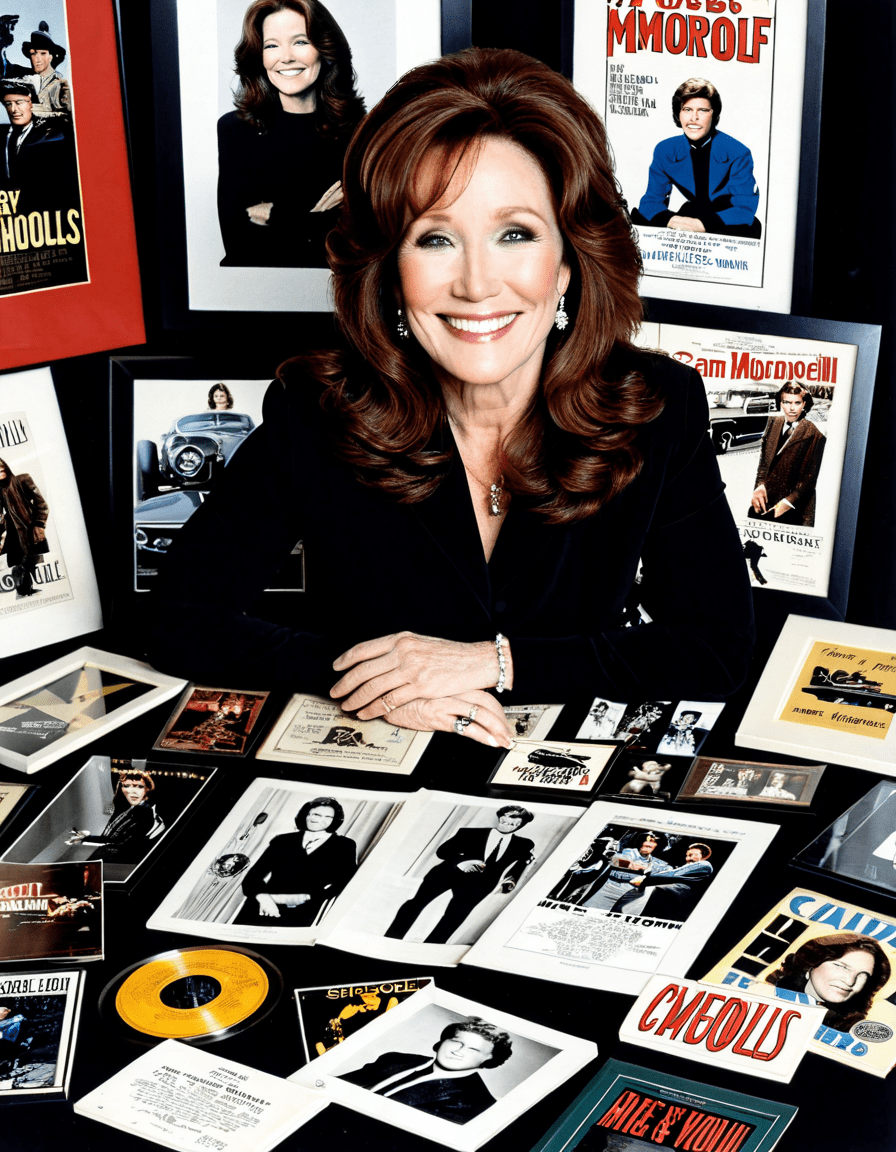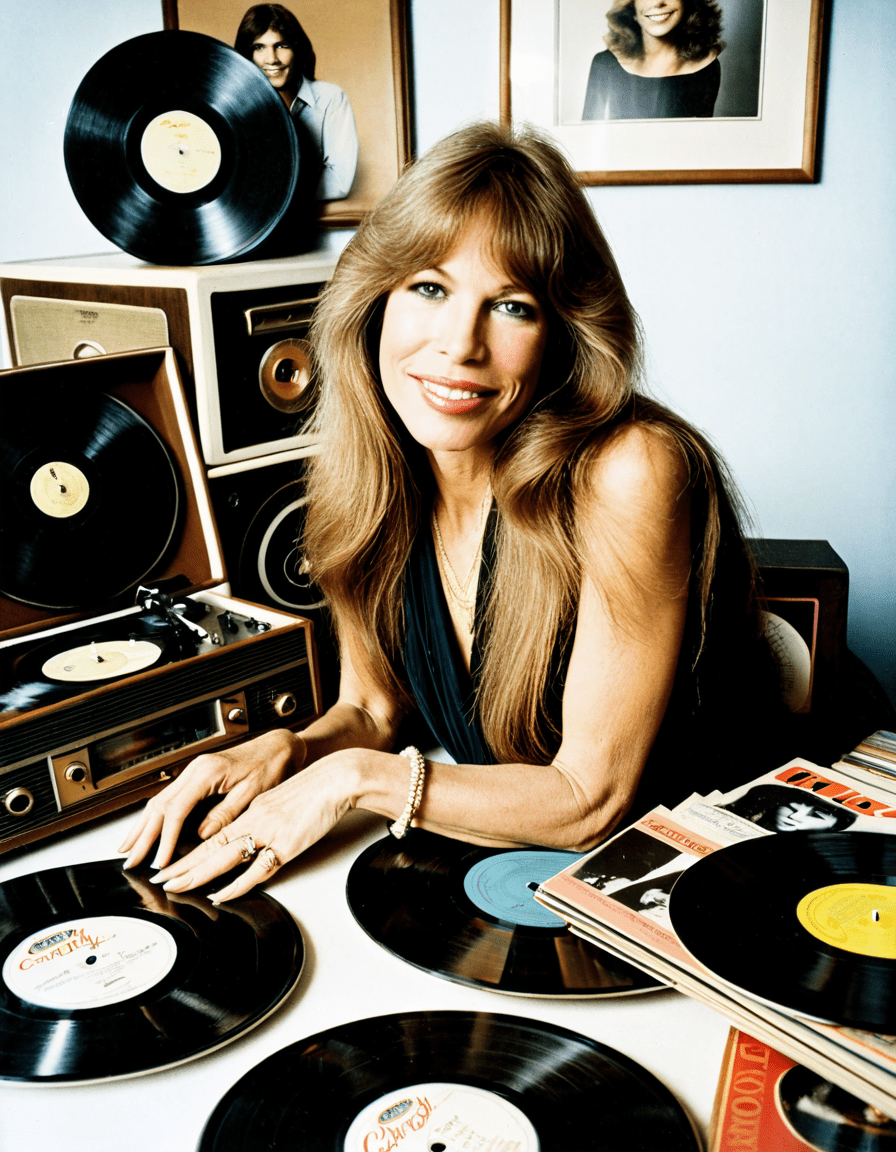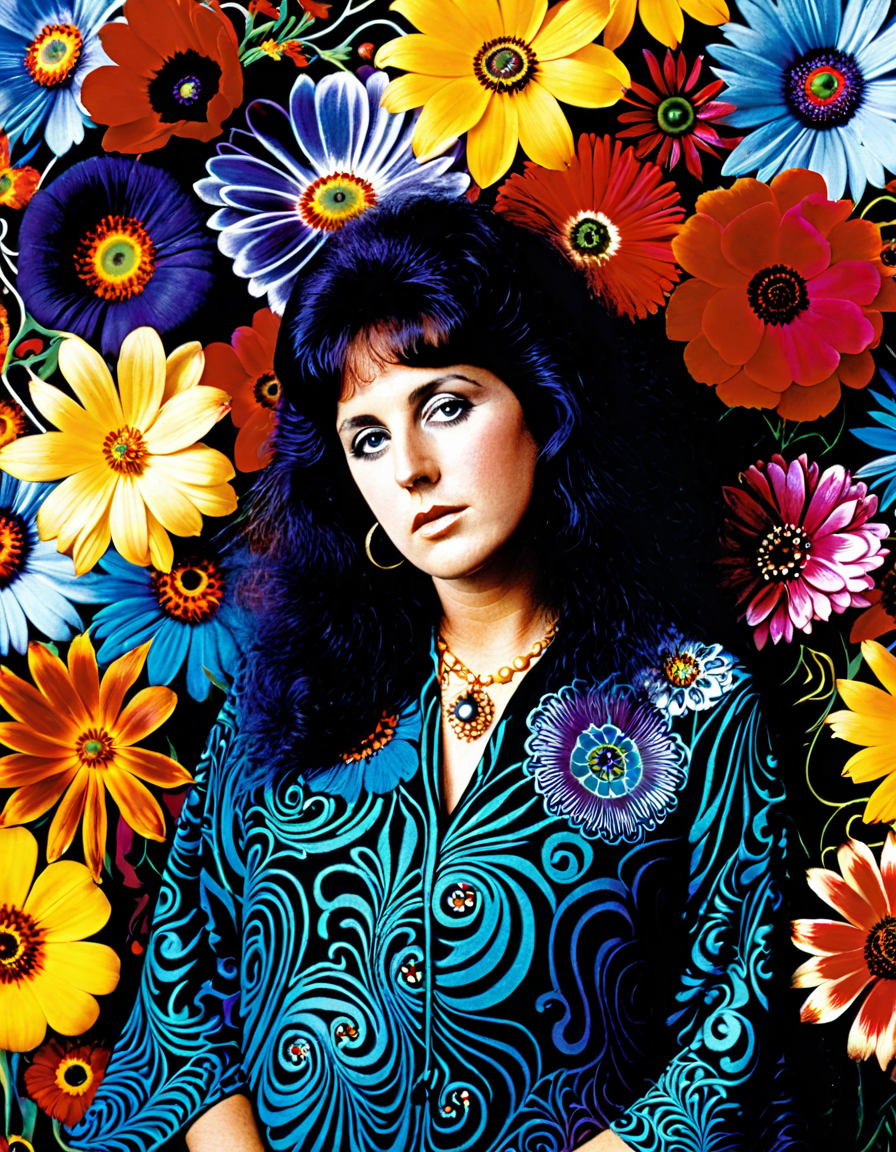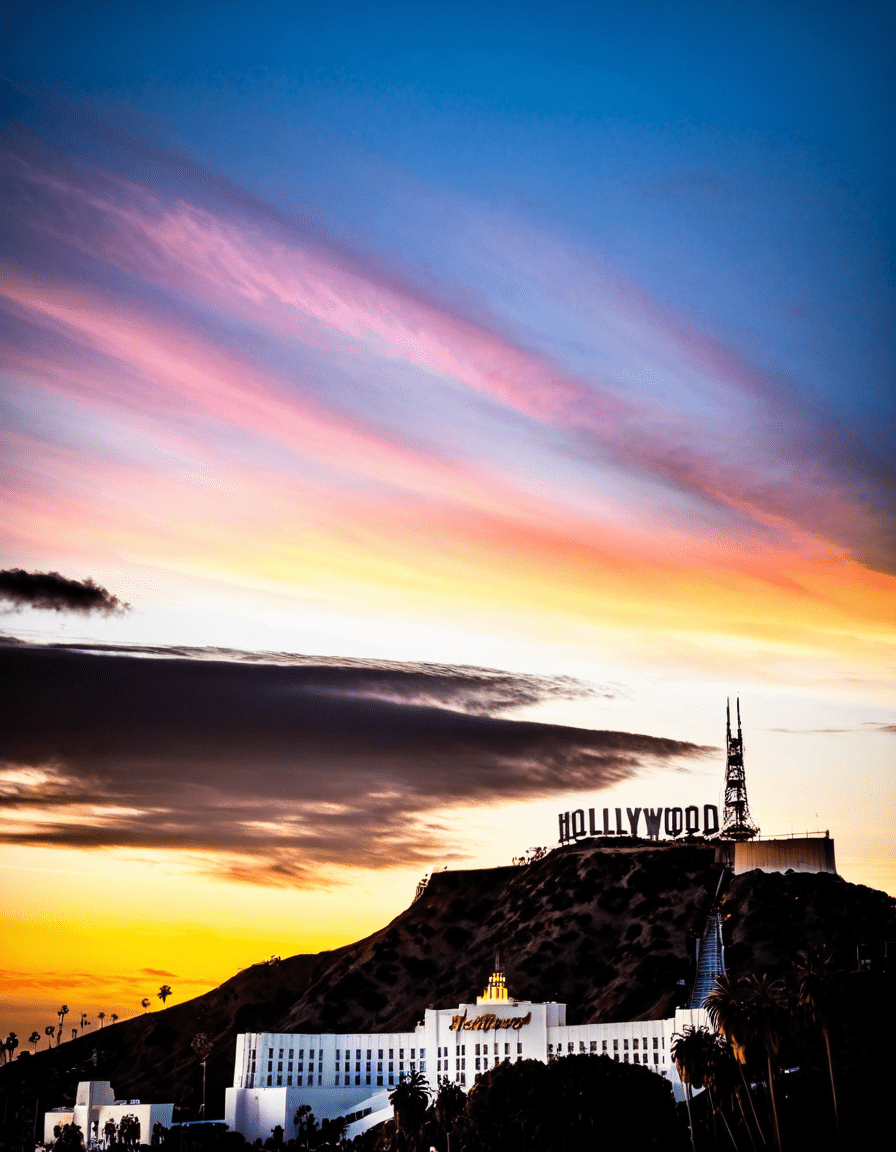Bill O’Reilly has become a household name, whether you’re a fan or a critic. His path through the media, especially as the former anchor of “The O’Reilly Factor,” has been anything but smooth. This article dives deep into Bill O’Reilly’s controversial journey, illuminating how he rose to stardom while simultaneously stirring the pot in the media landscape—a true testament to the old adage, “there’s no such thing as bad publicity.” Buckle up, because the ride through the ups and downs of Bill O’Reilly’s career is one for the books!

## Bill O’Reilly: A Controversial Journey Through Media
O’Reilly started his career in local news, toiling away in a small market before bursting onto the national scene. He worked hard, mixing his passion for journalism with a flair for the dramatic. With an uncanny ability to engage viewers, he framed stories not just as mere facts but as narratives that resonated on a personal level. As a result, he quickly became one of the most recognizable figures in cable news during the 1990s and early 2000s.
Shifting Narratives: Bill O’Reilly’s Path to Fame
What set Bill O’Reilly apart was his unique blend of hard news with opinionated commentary. His explosive style carved out a niche that few dared to tread. He turned mundane news into events where viewers felt they were engaging in a conversation rather than just watching a broadcast. This ability to create an intimate connection with the audience, rushing through topics as if he was chatting with friends, made him an iconic figure. With his trademark “Talking Points Memo,” O’Reilly didn’t just inform; he chided, entertained, and provoked thought.
Bill O’Reilly knew controversy sells. Every segment had a touch of drama, whether it was an explosive commentary or a fiery debate. The old-school broadcasting techniques he employed made for engaging television, but it planted him firmly amid the burgeoning culture wars of media. This foundation would set the stage for several controversies that would define his career.
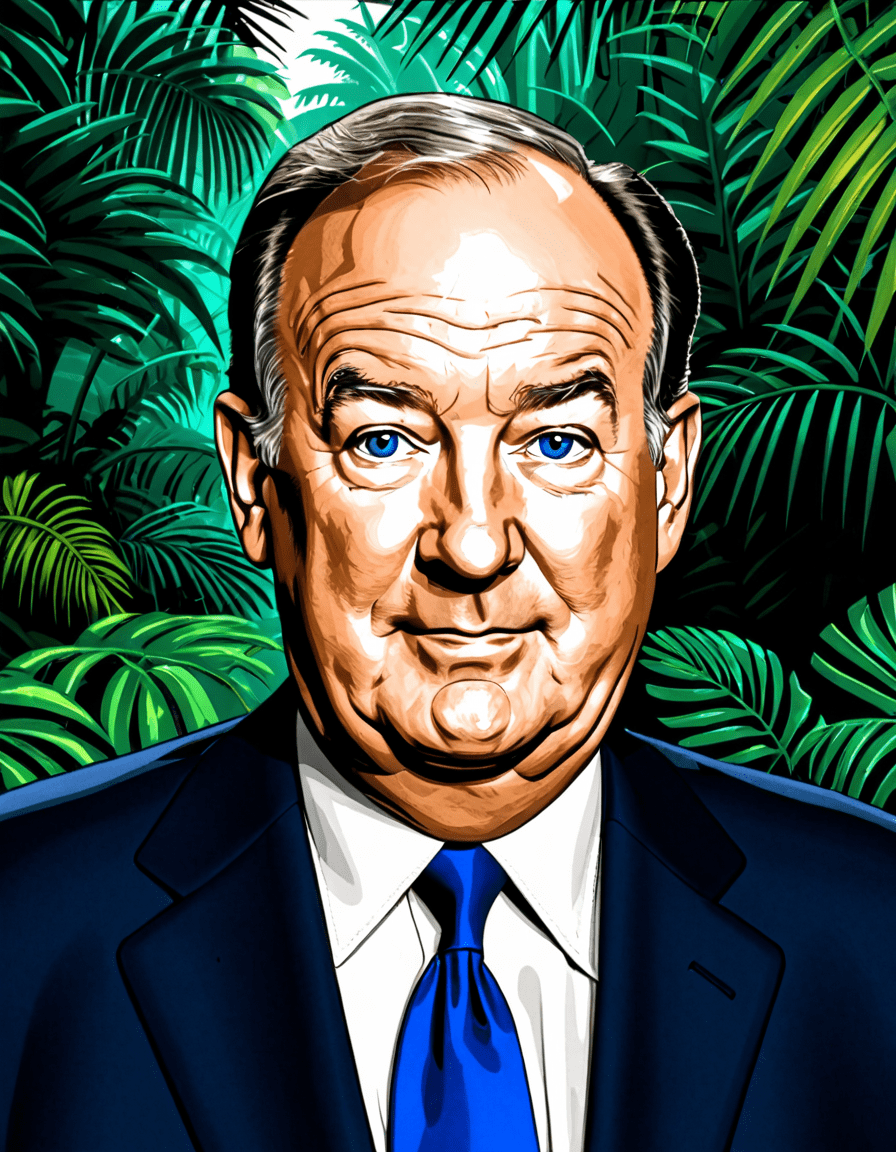
Bill O’Reilly: 5 Controversies That Defined His Career
What’s a controversial figure without a list of jaw-dropping scandals? Bill O’Reilly’s journey through media has been marked by controversies that not only shaped his legacy but also forced the media industry to take a hard look at its ethics. Here’s a rundown of five controversies that left indelible marks on O’Reilly’s career:
1. Allegations of Misconduct
In 2017, things took a dramatic turn when Bill O’Reilly faced several allegations of sexual harassment, ultimately leading to his departure from Fox News. These revelations opened up a can of worms, sparking discussions across the industry about workplace culture. Suddenly, O’Reilly became a flashpoint in the #MeToo movement, pushing the media to question its practices and accountability mechanisms.
2. The “Blumpkin” Incident
Who could forget the unforgettable moment when O’Reilly used the term “blumpkin” on air? Yes, you read that right. This term, which I won’t define here, threw audiences for a loop and earned him ire from those advocating for more responsible media language. It produced a delightful mix of shock and amusement and exemplified how O’Reilly often walked the line between outrageous and acceptable. The backlash prompted lots of discussions about what kind of language is appropriate in the world of serious news.
3. Feuds with Public Figures
Bill O’Reilly has a knack for attracting attention, and his feuds with celebrities were entertaining spectacles. One highlight was his on-air tussle with comedian Jon Stewart, which quickly became legendary. This clash represented not just a battle of wits but illuminated the cultural divides within media as a whole. While O’Reilly’s confrontational style won him fans, it also drew harsh criticism, showcasing how contentious the media landscape became during his reign.
4. The Jocelyn Wildenstein Comparison
Comments made by Bill O’Reilly about public figures like Jocelyn Wildenstein—a socialite known for her extreme cosmetic surgery—sparked outrage. His remarks about her appearance kicked off conversations around beauty standards and the judgments passed by media personalities. Such comparison not only led to public backlash but encouraged society to reflect on issues of self-image and empowerment. Was O’Reilly the go-to guy for beauty tips? Probably not.
5. Discussing Crime: Lori Vallow and Camille Winbush
O’Reilly’s take on high-profile crime cases, including that of Lori Vallow, raised eyebrows for all the wrong reasons. Critics questioned the ethics of sensationalizing people’s tragedies for ratings. He didn’t hold back when he discussed actress Camille Winbush, further cementing a pattern of scrutinizing celebrities under a scandalous lens. Instead of focusing on empathy, his narratives often leaned toward drama, leading many to question if justice or entertainment held the higher ground in his coverage.
The Intersection of Humor and Serious Commentary: Kat Timpf’s Critical View
Enter Kat Timpf, a contemporary voice in media who often critiques O’Reilly’s approach. With wit and a refreshing perspective, she highlights the contrast between her generation of media figures and O’Reilly’s confrontational style. While Bill rides the waves of strong opinion, Timpf adds a humorous twist, showcasing the potential for more relatable and less combative discourse. She embodies a shift towards a more balanced commentary that resonates with today’s viewers who crave both laughs and insights.
Bill O’Reilly’s Legacy: Navigating a Changing Media Ecosystem
Bill O’Reilly’s journey is a mixed bag of lessons about media responsibility and public engagement. As he continues to navigate the rocky waters of the media environment, his life story serves as a case study for aspiring journalists. The controversies that have peppered his career act as cautionary tales about being ethical and accountable in today’s world where trust hangs by a thread.
For a media landscape grappling with a crisis of credibility, O’Reilly’s journey raises many pressing questions. What does it mean to be a part of this industry? Can opinion-driven broadcasts maintain integrity? Will future journalists follow in his footsteps or carve out new paths? As social accountability becomes a weighing concern, O’Reilly remains a figure who evokes both admiration and disdain in equal measure.
In the end, Bill O’Reilly’s controversial ride through media is a reminder that fame, particularly in journalism, can be as volatile as it is glamorous. It’s a high-stakes game of balancing truth and opinion while being scrutinized under the public’s ever-watchful eye. And while O’Reilly may not be everyone’s cup of tea, his impact on media ethics and practices can’t be denied. So, the next time you tune into a news segment, remember the rollercoaster that is Bill O’Reilly—there’s never a dull moment!
Bill O’Reilly’s Controversial Journey Through Media
A Journey of Ups and Downs
Bill O’Reilly’s life has been a tapestry woven with highs and lows, and it’s been as colorful as the bright lights of Las Vegas, where you can even look up the local vegas zip code for fun. A former news anchor, O’Reilly made waves on air, becoming a household name with his no-holds-barred approach. But his career hasn’t been all smooth sailing. O’Reilly faced significant backlash over various controversies, much like other personalities who’ve had their fair share of trouble, like Todd Chrisley, who navigated the choppy waters of reality TV fame.
A Unique Blend of Entertainment and News
Did you know that Bill O’Reilly wrote a best-selling book titled “Killing Lincoln”? This blend of entertainment and historical analysis wasn’t just a hit with history buffs. It was a sensational topic that rivaled discussions around popular movies like the Ghostbuster cast, bringing both history and pop culture together. O’Reilly’s knack for storytelling is reminiscent of performers like Adam Ray and Rob Riggle, who find humor in almost everything. This trait helped O’Reilly keep audiences engaged despite the growing controversies surrounding him.
A Legacy of Polarization
As O’Reilly’s career twisted and turned, he became a polarizing figure in American media. Despite frequent criticism, he’s persevered, often drawing comparisons to powerful personalities in the industry, much like the actress Tantoo Cardinal, who has faced her own share of challenges. Amid his ups and downs, O’Reilly has invited discussions that spark intense debate, reminiscent of the way films like Frat Boy challenge societal norms or how Tom Sizemore’s controversial career choices have kept him in the public eye.
In wrapping up, Bill O’Reilly’s journey is anything but dull. Whether you agree or disagree with him, there’s no denying that his story continues to generate chatter and curiosity, making him a significant figure in the tapestry of modern media history, alongside names that have shaped and shifted opinions across the spectrum. With his unique blend of charisma and controversy, O’Reilly remains an important player in what many might call the Queen Rogue of the media landscape.
